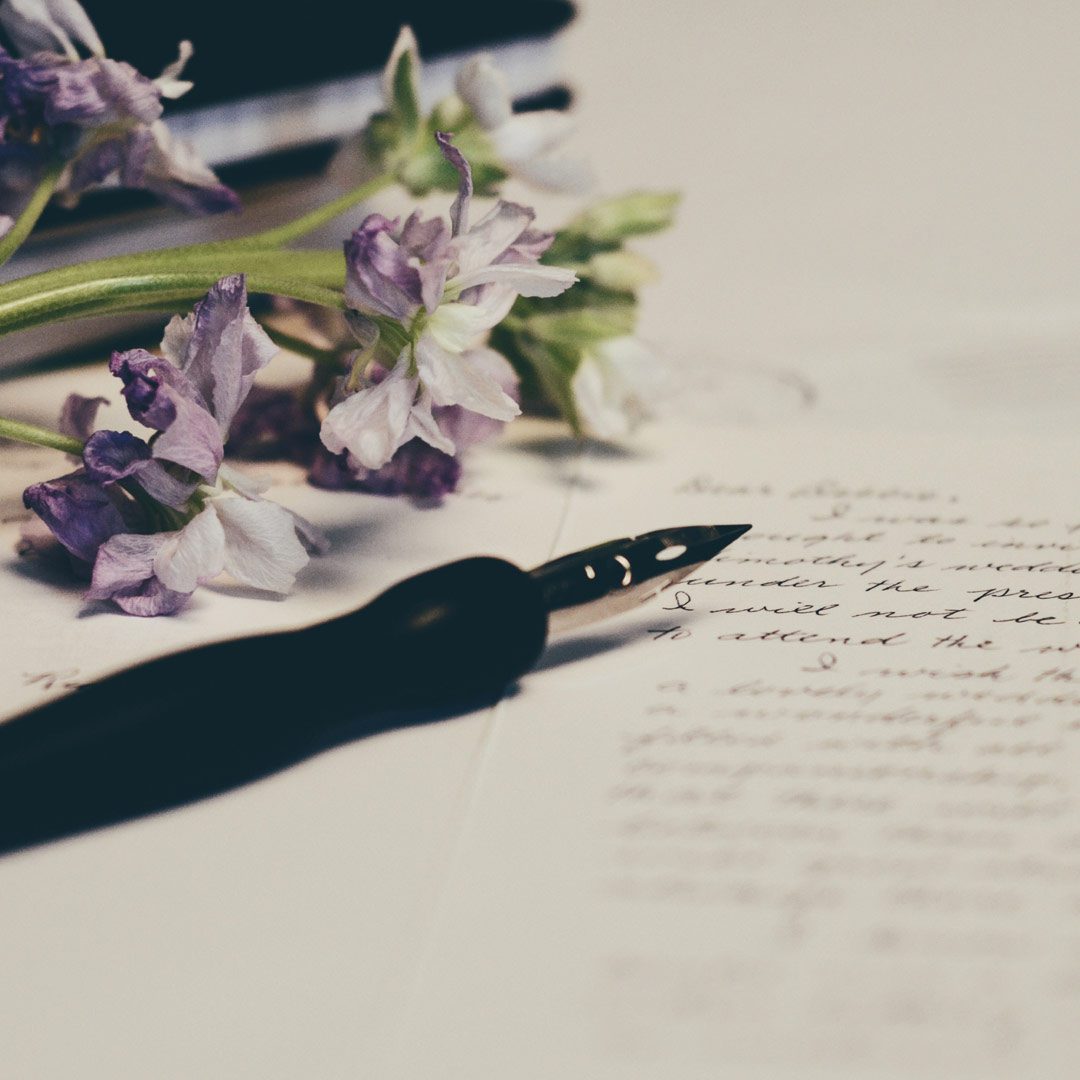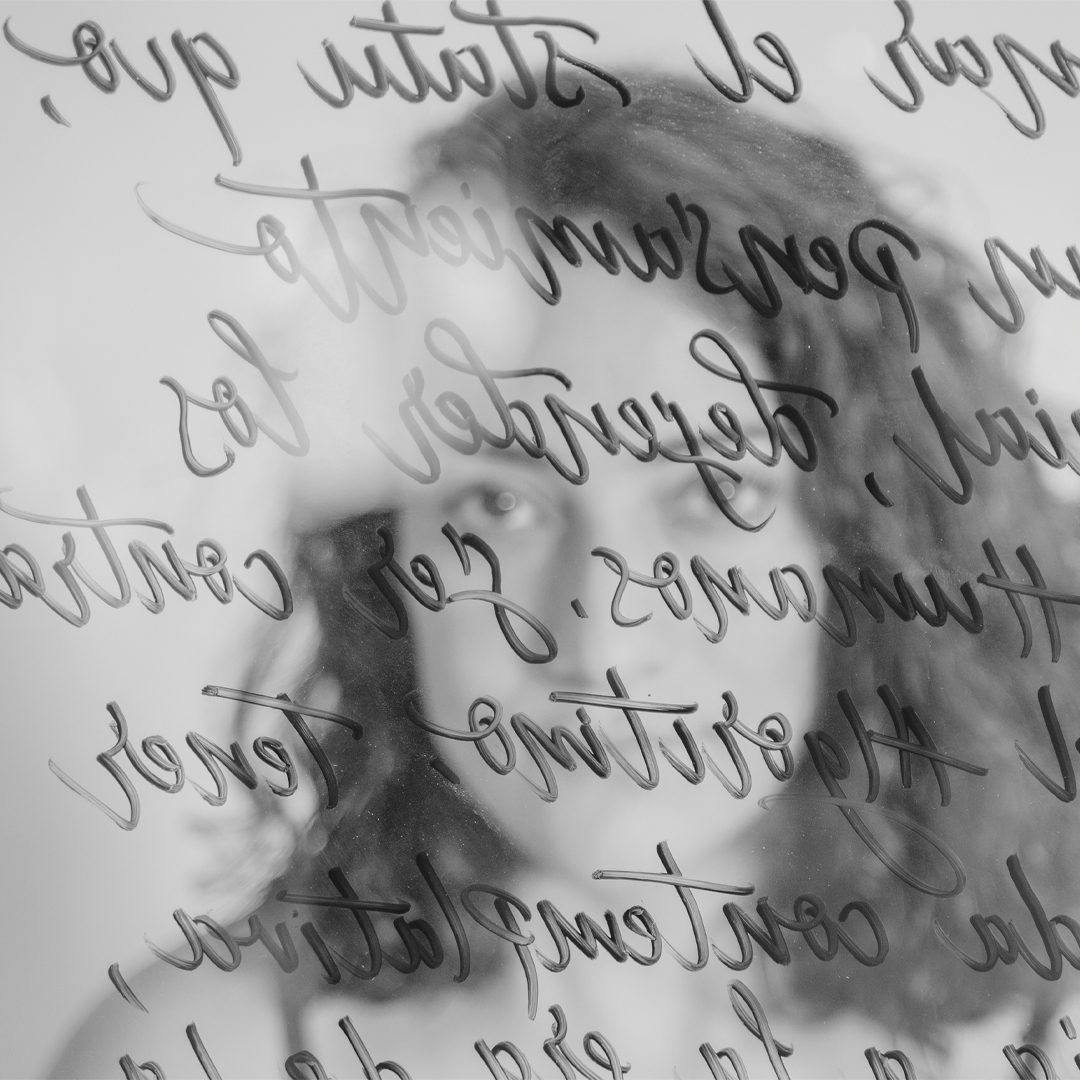October 10, 2023
Your Guide to Stream of Consciousness Writing
Although the term “stream of consciousness” first appeared in William James’s 1890 The Principles of Psychology book, the technique had existed long before it was named. Since the nineteenth century, Edgar Allan Poe, Ambrose Bierce, Leo Tolstoy, and many others have applied stream of consciousness writing in their works. It has then remained fashionable in the coming years, from the mid-century works of Jack Kerouac and William Faulkner to those of contemporary writers like Salman Rushdie and Stephen King.
Stream of consciousness writing is, nevertheless, not just for professional writers. It’s for anyone who wants to tap into their inner thoughts and unleash their creativity. Read on to learn about stream of consciousness writing, its benefits, and how to use it in your writing and journaling practices.
What Is Stream of Consciousness Writing?
Stream of consciousness writing, or SOC writing, is a technique that involves writing without any predetermined structure or plan. You let your thoughts flow onto the page as they occur in your mind, in contrast to carefully crafting sentences and paragraphs. The same goes for stream of consciousness journaling. The goal is to capture your raw and unfiltered ideas, like a spontaneous inner monologue.
This technique, popularized by authors like James Joyce and Virginia Woolf, provides a unique insight into the human psyche. It offers a way to access the raw, unedited thoughts and emotions that often remain hidden beneath the surface of our conscious minds.
Why Practice Stream of Consciousness Writing?
- Unleash Creativity: One of the most notable advantages of this writing technique is that it allows you to access your creativity. By letting go of the constraints of structure and grammar, you can uncover ideas, images, and connections you might not have discovered through more conventional writing methods.
- Deepen Self-Reflection: Stream of consciousness writing is also a tool for self-discovery and self-reflection. Writing without judgment or censorship, you may discover hidden insights about yourself and your experiences. It’s a therapeutic practice that can lead to a deeper understanding of your own psyche.
- Relieve Stress: Journaling, in general, has been shown to reduce stress levels. Stream of consciousness journaling can be particularly effective because it allows you to release pent-up emotions and clear your mind of clutter.
- Enhance Intuition: Intuition matters in the creative process. By practicing stream of consciousness writing, you can develop greater trust in your instincts.
- Overcome Writer’s Block: This common obstacle for many writers often stems from the fear of producing subpar work. Stream of consciousness writing can help you overcome this mental barrier by shifting your focus from creating polished content to simply generating ideas and words. It’s a great way to warm up before tackling more structured writing tasks.
Photo by Olga Kozicka | Bella Grace Issue 35
How to Practice Stream of Consciousness Writing
Now that you understand the benefits of stream of consciousness writing, let’s explore how to incorporate this practice into your daily routine.
1. Find a Quiet Space
To begin, find a quiet and comfortable space where you won’t be easily distracted. Turn off your phone and any other devices that might interrupt your flow. The goal is to create an environment conducive to free thinking.
2. Set a Timer
Start with a manageable period for your stream of consciousness writing session. Ten to fifteen minutes is a good starting point, but you can adjust the duration based on your comfort level and schedule.
3. Choose Your Medium
Decide whether you prefer typing on a computer or writing with pen and paper. Some people find it more convenient to use a computer, while others want the tactile experience of writing by hand. You can also try writing directly on the pages of a magazine. Field Guide To Everyday Magic magazine, for instance, is an interactive workbook with journaling space for readers. Regardless, use whatever method you feel is most natural.
Related: The Beauty of Handwritten Letters
4. Write Anything and Everything
There’s no right or wrong way to begin stream of consciousness writing. Start writing whatever comes to mind. It could be about your surroundings, feelings, or a random word or phrase. Don’t worry about coherence or structure at this stage; the goal is to let your thoughts flow freely.
5. Keep Pen on Paper (or Fingers on Keys)
Keeping the words flowing without interruption is the key to stream of consciousness writing. If you get stuck or run out of things to say, write about being stuck or not knowing what to write. Even if you find yourself writing, “I don’t know what to write,” keep going. Eventually, your thoughts will start to take shape. The act of writing itself is what matters most.
6. Let Go of Structure
Avoid the temptation to create paragraphs or organize your writing in a structured manner. This practice is about spontaneity, not coherence. Allow your thoughts to unfold naturally.
7. Don’t Edit or Judge
Avoid the urge to edit or censor your writing as you go. Stream of consciousness writing is all about embracing imperfection. You can always review and revise later, but for now, let your thoughts pour out without interference.
8. Follow Tangents
Your mind may naturally wander from one thought to another. Embrace these tangents; they can lead to unexpected and insightful revelations. Allow your writing to meander like a river, taking whatever course it desires.
9. Reflect and Review
Once your writing session is complete, take a moment to reflect on what you’ve written. You may be surprised by the insights and ideas that emerged during the exercise. While the primary goal is not to create a polished piece of writing, you can still extract valuable content from your stream of consciousness writing.
Photo by Debby Hudson | Bella Grace Issue 18
Tips for Successful Stream of Consciousness Writing
While stream of consciousness writing is intentionally unstructured, a few tips can enhance your experience and help you get the most out of it:
- Let Go of Expectations: Some sessions may produce profound insights, while others may feel disjointed or trivial. All of it is valid and valuable.
- Experiment with Different Prompts: If you find it challenging to start writing without a specific prompt, try beginning with a simple word or phrase. For more thought-provoking prompts, check out Field Guide To Everyday Magic magazine – click here.
- Try Different Lengths: While short sessions are excellent for quick bursts of creativity, consider longer sessions for more in-depth self-exploration.
- Incorporate Mindfulness: Pay attention to the sensations of writing—the feel of the pen on paper, the rhythm of typing—to anchor yourself in the present moment.
- Combine with Structured Journaling: Stream of consciousness writing doesn’t have to replace other journaling methods. You can integrate it into your existing journaling routine to add depth and spontaneity.
Make stream of consciousness writing and journaling effortless with Field Guide To Everyday Magic Issue 12. In our latest issue, you can find countless worksheet-style prompts, captivating photographs, and inspirational quotes to spark your creativity.





Carmen Marie Laird
October 25, 2023 at 1:23 pm
I like the term SOC much more than the popular term “brain dump” lol. I do not do this on a regular basis, but I do try to journal daily. I use this method on days when I don’t know what to journal, just to keep me in the habit. Yesterday, as I was working on some mundane tasks that needed more immediate attention than journaling, I was thinking about a situation I wanted to journal. I did have, as you said, a whole inner dialogue with myself about what I would write. Once I sat down with my journal, I no longer felt the desire to write on that topic. It wasn’t as though it was suddenly not important. It was that I had already poured all of those thoughts out, even if it was internally and not on paper. So instead I wrote about the fact that I had previously had something to journal but was now at peace with those thoughts and no longer needed to. I love all of your tips and ideas on SOC journaling and look forward to implementing them as well as making this form of journaling a regular part of my routine and not just on “writer’s block” days.
Rene Miller
December 10, 2024 at 5:59 am
Thank you for your SOC post in Issue #18. It brought clarity to my questions about it as a tool to develop a writing voice.